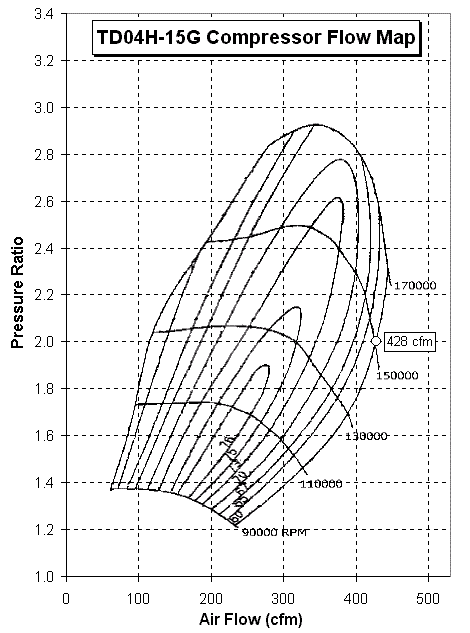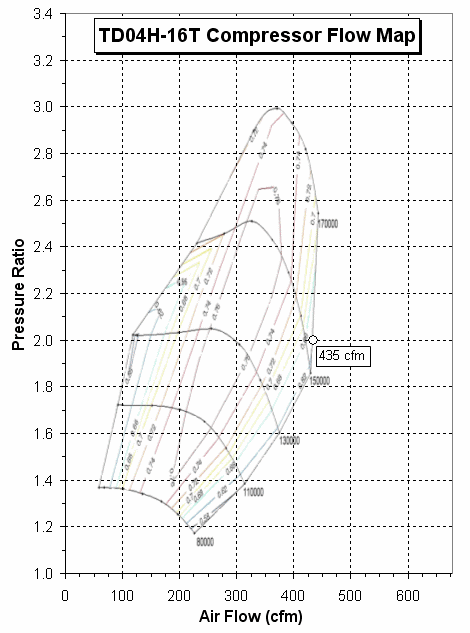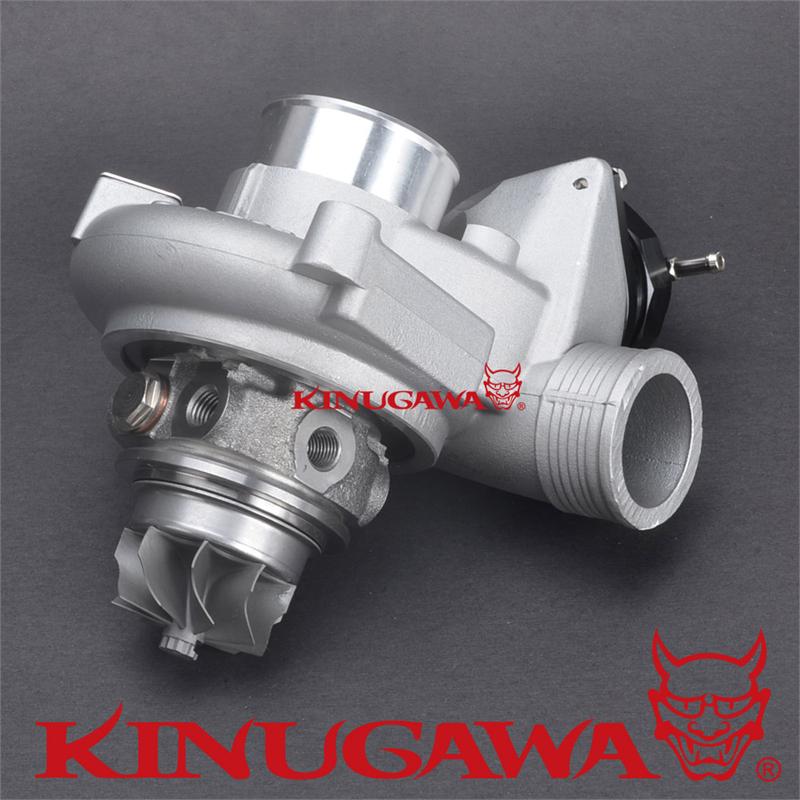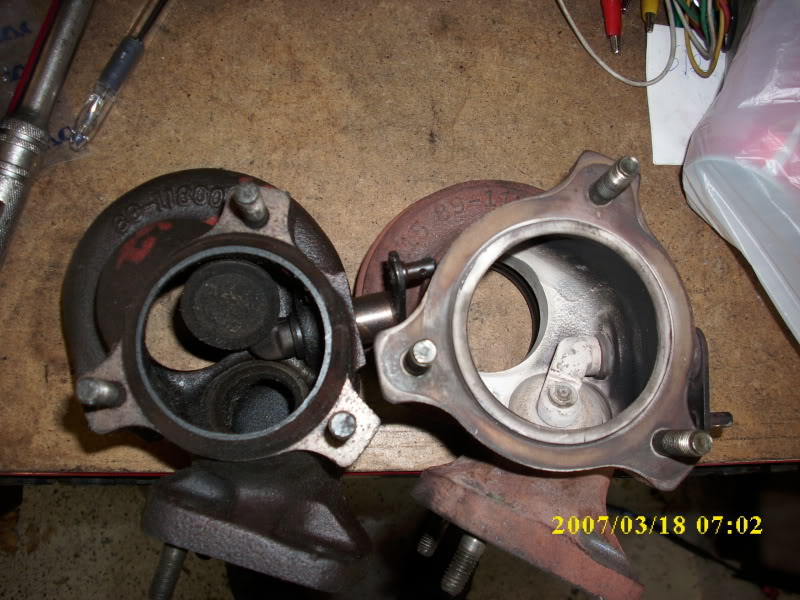I have a 7064, but it's on a 16V motor. Might go a little smaller on an 8V.which one?
I was interested in these when they came out, but heard they had issues with the early production...
I do know the dual scroll internal WG version (which I have) had some initial issues with the turbine castings. They were supposed to be using investment casting (to make a more precise and lighter housing) but had troubles with quality control - too many rejected castings. There was a delay, and then they started making the version I got which has a conventionally cast housing. I guess a little heavier and not as smooth inside. Still stainless, though.
Last edited:







